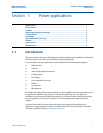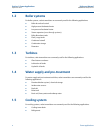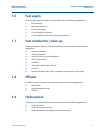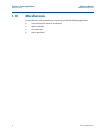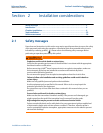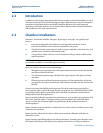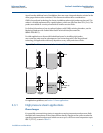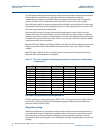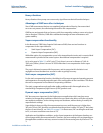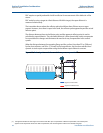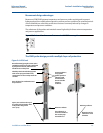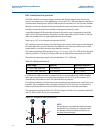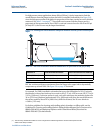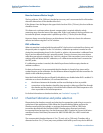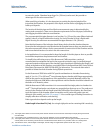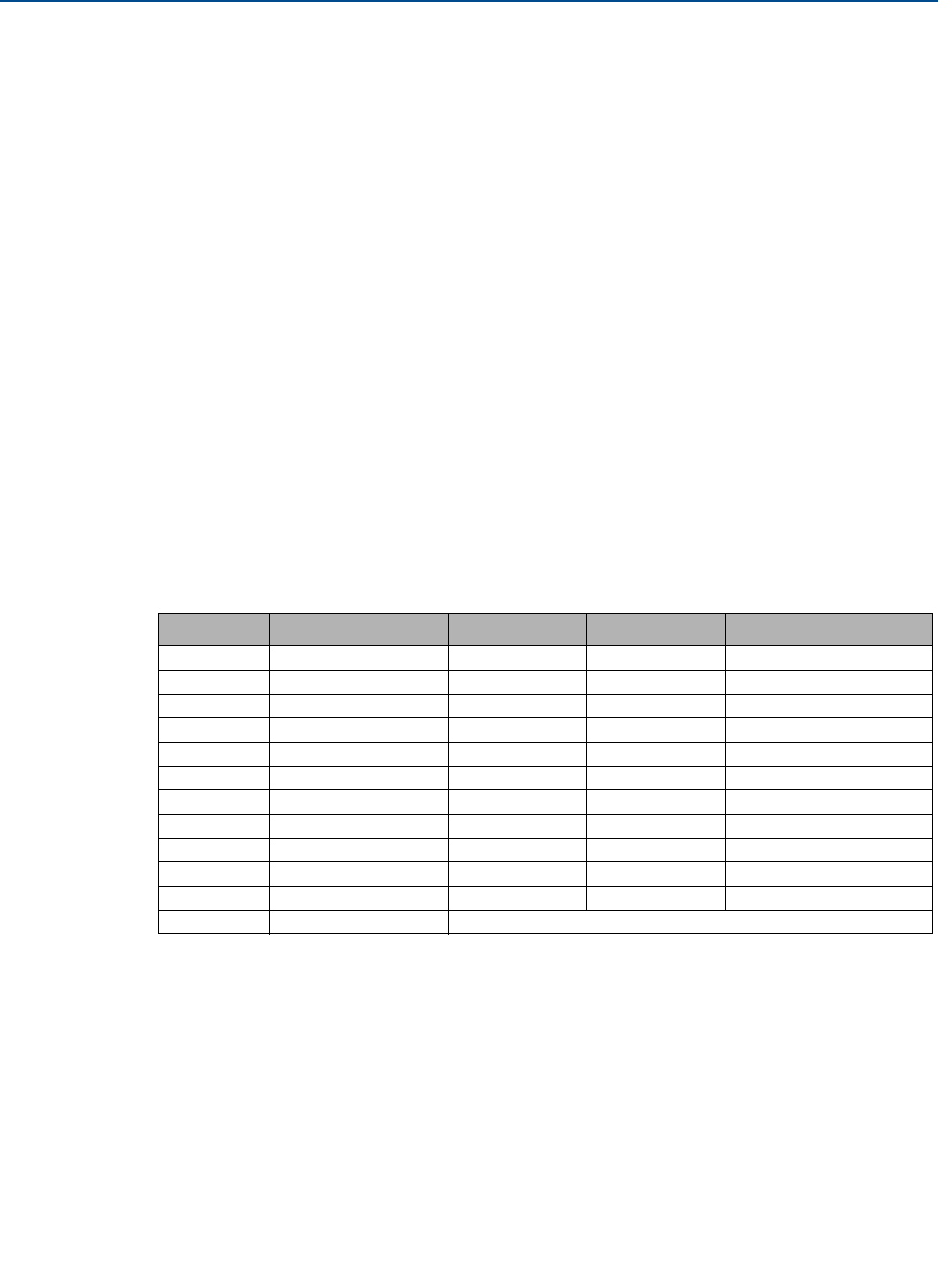
8
Reference Manual
00809-0700-4530, Rev AA
Section 2: Installation Considerations
September 2013
Installation considerations
Any density-based level measurement device will need compensation to discern the actual level
from the density-associated errors. Algorithms have been developed to make this
compensation as seamless as possible in the control systems, but require input of operating
pressure as well as level. Compensation can be slow which results in erroneous reading.
There will also be dielectric property changes both in the liquid and steam phases. Steam under
high pressure will slow down the propagation speed of a radar signal which can cause over a 20%
error over temperature if not compensated.
Even though the dielectric of water decreases with temperature increase, the level can be
measured as long as the water dielectric remains sufficiently high, which results in a reflection
back from the surface. However, as the temperature increases, the dielectric difference between
the liquid and the steam becomes smaller, and at a certain point, it will be too small for reliable
measurement with radar transmitters.
Between 2610 psi (180 bar) and 2900 psi (200 bar), the dielectric difference between steam and
water becomes too small to offer reliable level measurement. In this case, GWR is no longer
suitable.
Below 2610 psi (180 bar), GWR is a suitable means of measurement if compensation for the
dielectric of the steam dielectric is completed.
Table 2-1. The error in distance with changing temperature and pressure, without vapor
compensation
(1)
.
Extreme high pressures and temperatures
In these applications, temperatures above 300 °F (150 °C) and pressures above 580 psi (40 bar)
are common. Therefore, having robustly designed equipment which prevents leakage and
performs reliably is vital for safety.
Magnetite coating
While these applications are generally considered to be composed of clean water and steam, it
is normal to have a layer of magnetite on metallic surfaces. In some cases, the deposits can be
heavy enough to cause some mechanical linkages to freeze and stick resulting in a need for
maintenance. With no moving parts in the GWR probe assembly, magnetite poses no issues for
sticking.
(1) Maximum limit for GWR is 180 bar. For applications over this pressure limit other solutions are used.
Temp.°F/°C Pressure psia/bar DK of liquid DK of vapor Error in distance %
100/38 1/0.1 73.95 1.001 0.0
200/93 14/1 57.26 1.005 0.2
300/149 72/5 44.26 1.022 1.1
400/204 247/17 34.00 1.069 3.4
500/260 681/47 25.58 1.180 8.6
600/316 1543/106 18.04 1.461 20.9
618/325 1740/120 16.7 1.55 24.5
649/343 2176/150 14.34 1.8 34.2
676/358 2611/180 11.86 2.19 48
691/366 2900/200 9.92 2.67 63.4
699/370 3046/210 8.9 3.12 76.6
702/372 3120/215 Above critical point; distinct liquid and gas phases do not exist.




